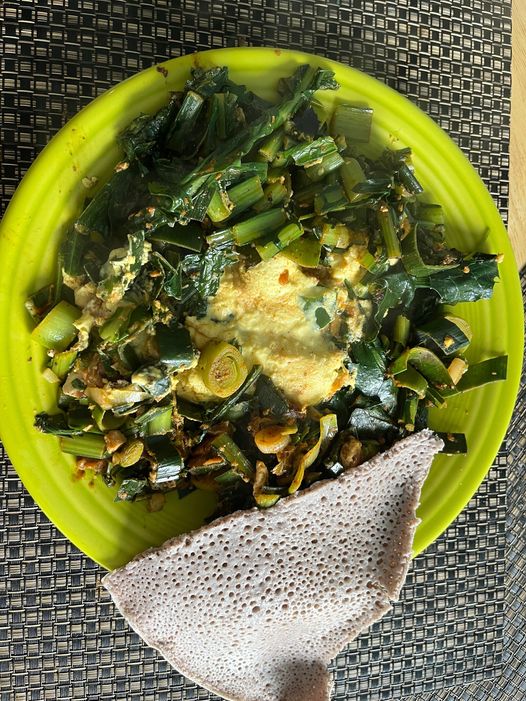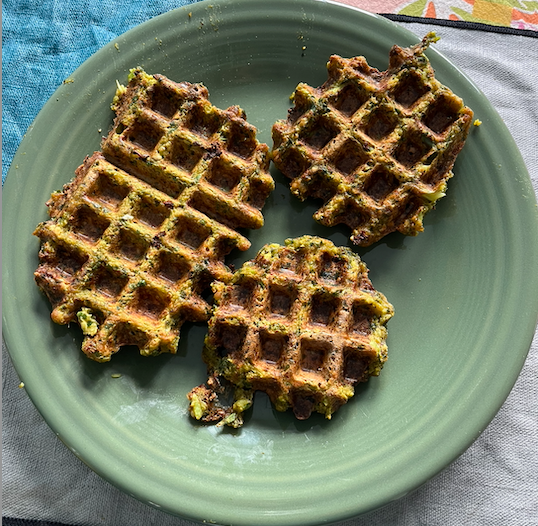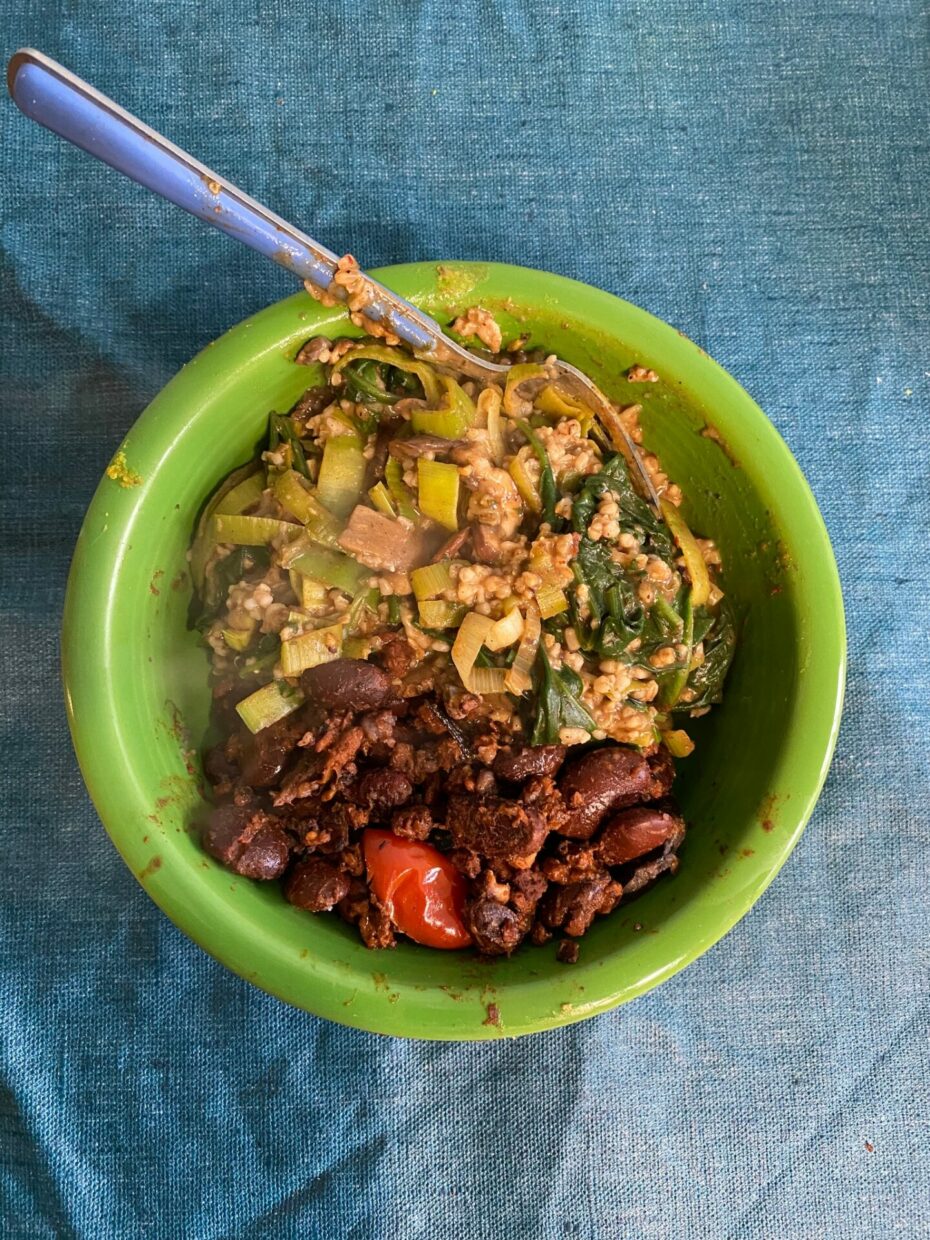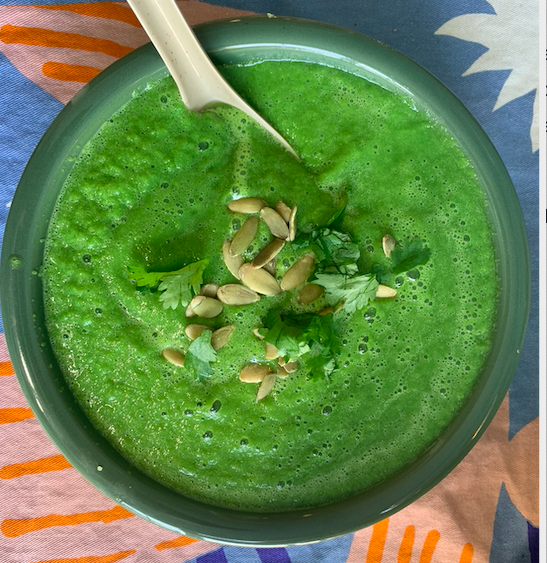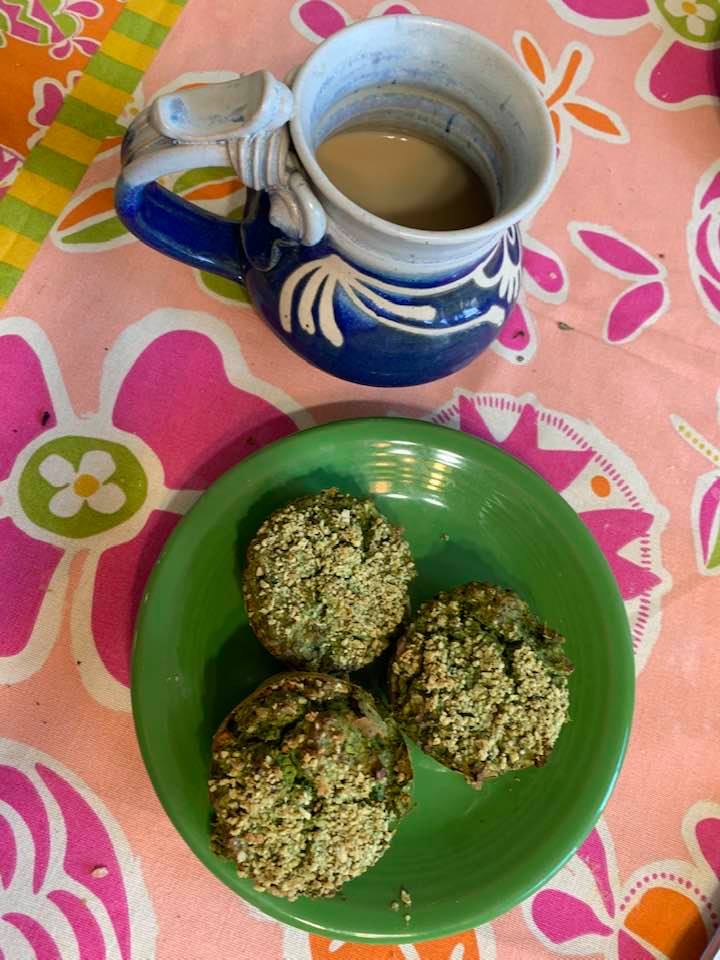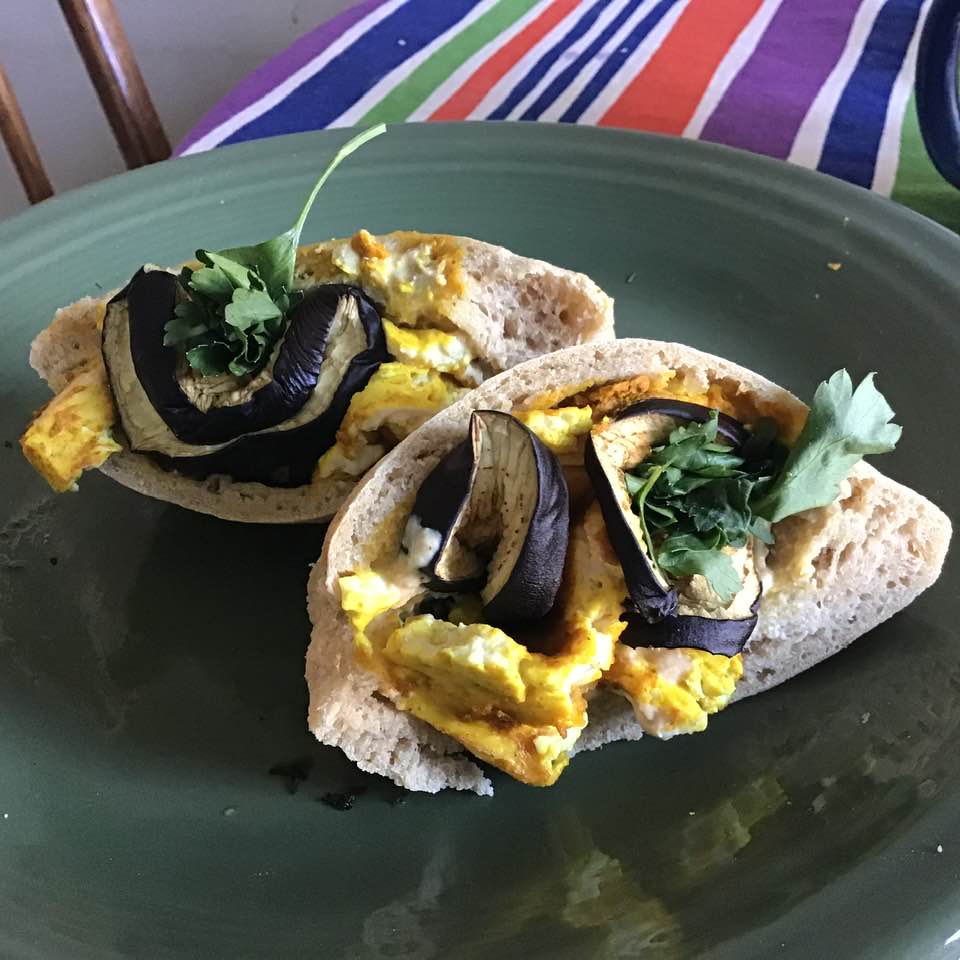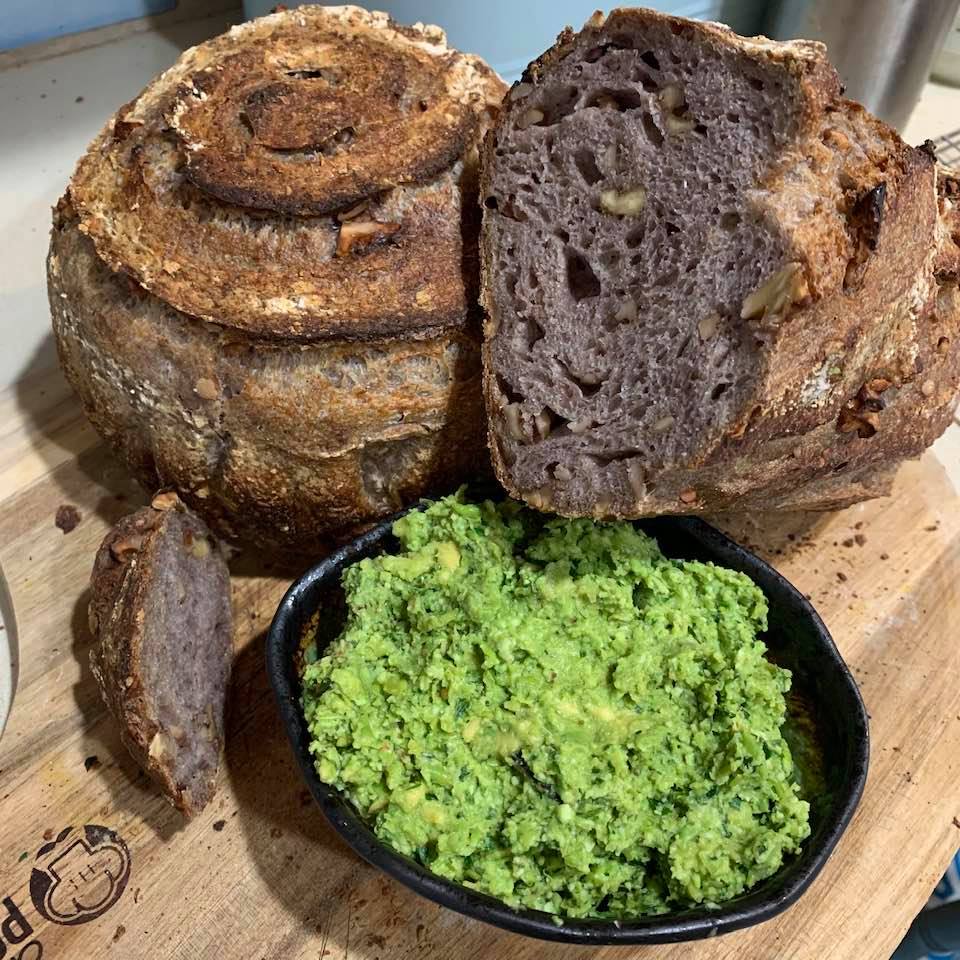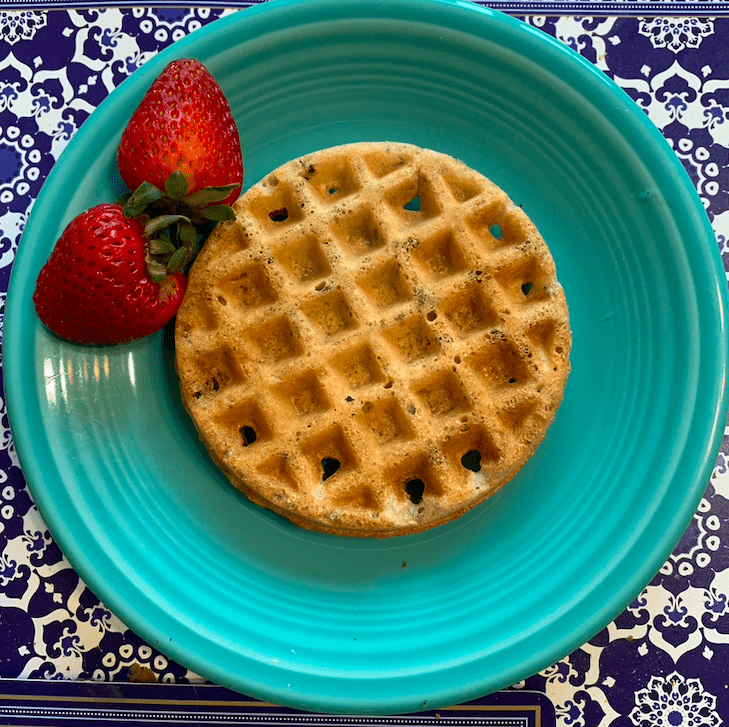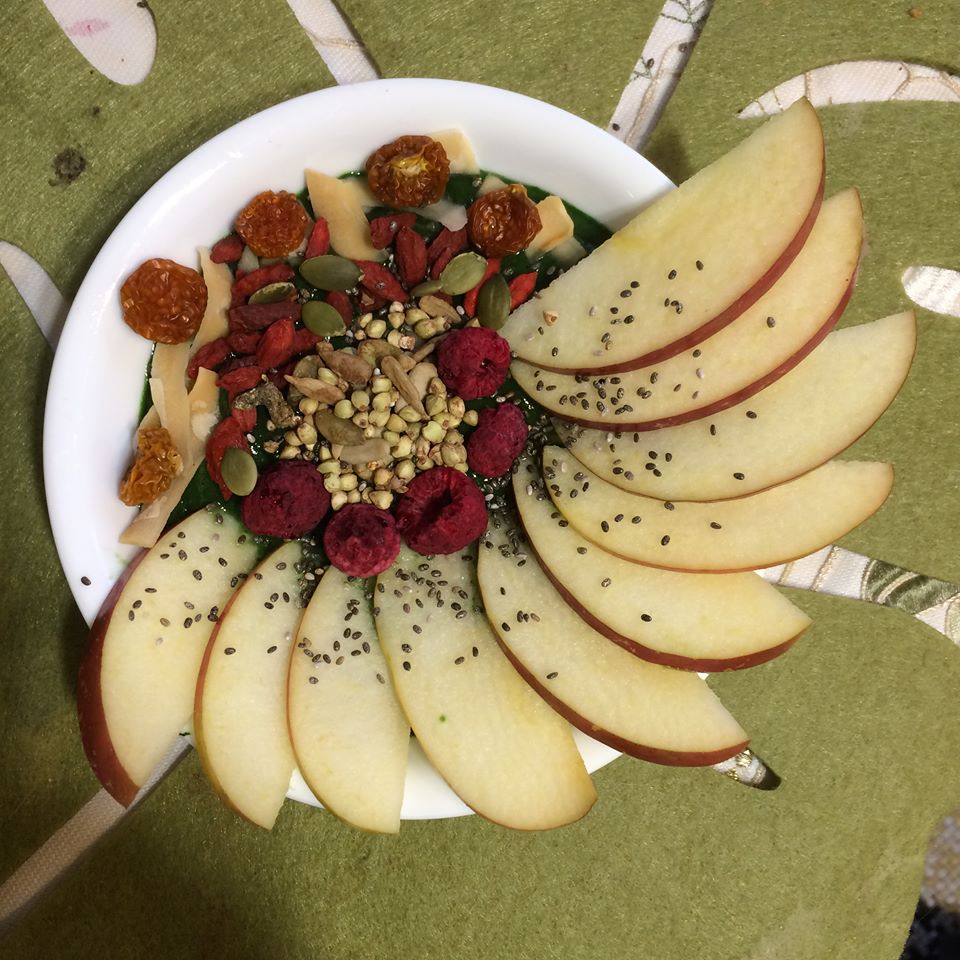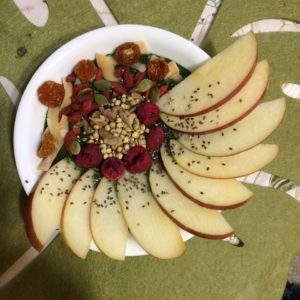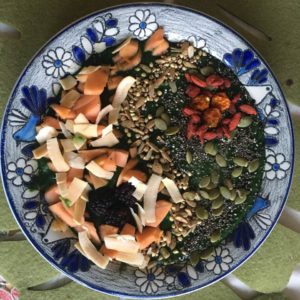The world is full of horrors, and I’ve been writing and talking and agitating about them for weeks, but people have to eat, so here’s a new recipe. I wonder if you remember the Great Green Pea Guacamole Controversy of 2015. After Melissa Clark put the original recipe on NYT cooking, households and friends were torn apart. Jenn Segal theorizes that the reason this provoked such strong feelings has to do not only with the aura of old-fashioned health foisted on children, but also with a craving for authenticity and the overall sense that white people have unduly laid claim to Mexican food.
I can see both sides of this upheaval, and trust me, I’ve had my share of being on the purist side since coming to the U.S. in the context of what passes as “hummus” in the New Country (and keep in mind that, as a member of the food colonizers group back in the Old Country, I’m on very shaky moral ground here, so in the quest for authenticity and oppression it’s turtles all the way down.) Not only do the odd garlicky concoctions here taste nothing like hummus should, and have all kinds of odd toppings, some of them are called “hummus” when they have no chickpeas at all! What drives me bonkers about this is that the Arabic word for chickpea is hummus, so saying “white bean hummus” is like saying “white bean chickpea.” Just call it a bean spread and be done with it! In short, purists protesting pea proliferation, I get you, and in my defense, I have a winning excuse for why I made this delicious thing pictured above: Vegetable delivery day is tomorrow and I’m out of avocados.
The virus has been a powerful teacher in many areas of life, and in my cooking life, it taught me to use frozen vegetables. Getting fresh produce was difficult in the first few weeks, though the good folks at Albert & Eve performed truly heroic feats to feed their customers. The errors in judgment were mine–I hadn’t realized we would be eating all our meals at home, made from scratch (my food is so much better than delivery food), and I also hadn’t realized that there were three of us now, and the little one has, sometimes, a big appetite. So, the vegetables would sometimes run out before delivery day, and that’s when I started to rely on frozen beans and peas to supplement. They are cheap, tasty, easily available, and nutritious.
This dip is not the pea-guac recipe that’s been going around, in which the ratio strongly favors the avocados. Truly, given how few peas they add, it’s surprising that anyone noticed, let alone got upset. This thing, on the other hand, is mostly a bean spread, with the one avocado I had at home smashed into it for a little bit extra fat and creaminess. Also, I put in a lot more herbs, because I like things very herby, and I added za’atar, because if we’re throwing tradition down the wayside, let’s at least make it tasty. I’ve nattered on too long. Here, make this and be your own hero.
- 1/2 package frozen, shelled edamame
- 1 package green peas
- juice of 2 limes
- Big handfuls: fresh cilantro, parsley, and chives
- 1 large avocado
- 1 heaping tbsp good quality za’atar
- sprinkle of salt
Place edamame and peas in a small pot and cover with boiling water. Cook for 3-4 minutes, or until beans and peas are soft. Drain water. Place edamame and peas in food processor bowl with lime juice and herbs. Process to desired consistency (I like this a bit chunky, but without visible bean bits.) Transfer mix to a container and mash in the avocado. Mix with za’atar and salt. Serve on bread, lettuce leaves, a grain bowl, a salad, whatever float your boat.
P.S.: Yes, I baked the walnut sourdough. 50% whole wheat, 50% all purpose flour, 80% hydration, and for both loaves (1kg flour total): 150g starter, 24g salt, 200g chopped walnuts.

